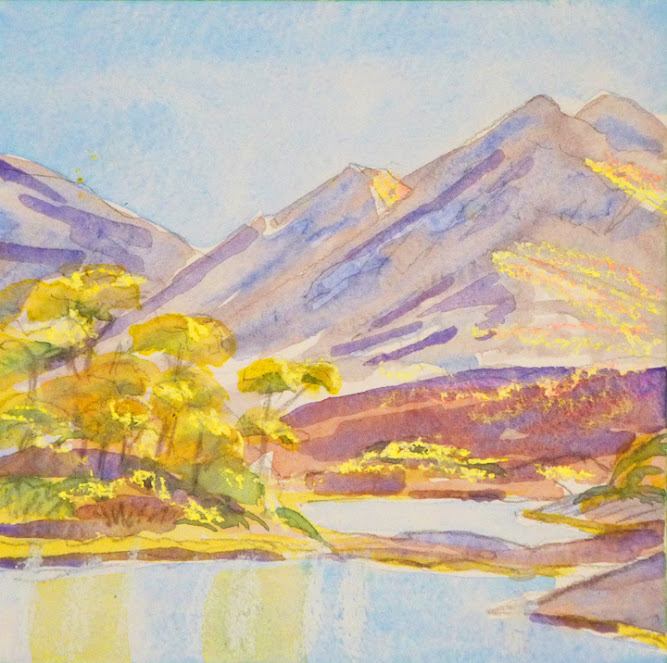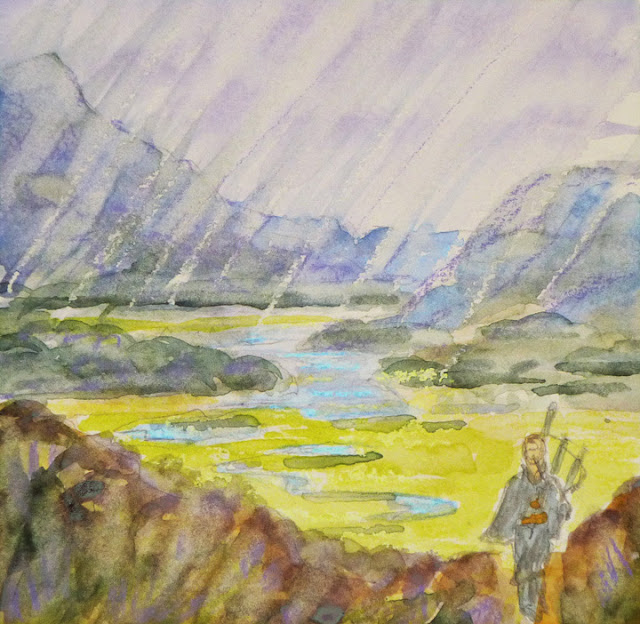Peace Wall – Belfast
In place of the paintings I usually post
here, I am illustrating this post with photos of one of the peace walls in Northern
Ireland.
The peace walls are a series of barriers put up to minimize inter-communal violence between Catholics, most of whom are Irish
Nationalists, and Protestants, most of whom are British Loyalists.
The first of these barriers was built in 1969, following the outbreak of ‘The
Troubles.’ They increased in both height and number following the Good Friday
Agreement of 1998, but since 2008 have been gradually ‘opened’ and dismantled.
In recent years, ‘political tours’ have
become increasingly popular, with black taxis with Catholic and/or
Protestant drivers taking visitors around Belfast’s peace lines, trouble spots
and famous murals. Many of these murals are professionally painted with
beautifully rendered portraits and dramatic scenes. On the murals on some parts of the walls, however, input from anyone who feels moved to write or draw something is encouraged. In one of
the photos, my daughter is adding a thought to such a stretch on the most
famous wall, which separates the Nationalist Falls Road and the Unionist
Shankill Road in West Belfast.

















